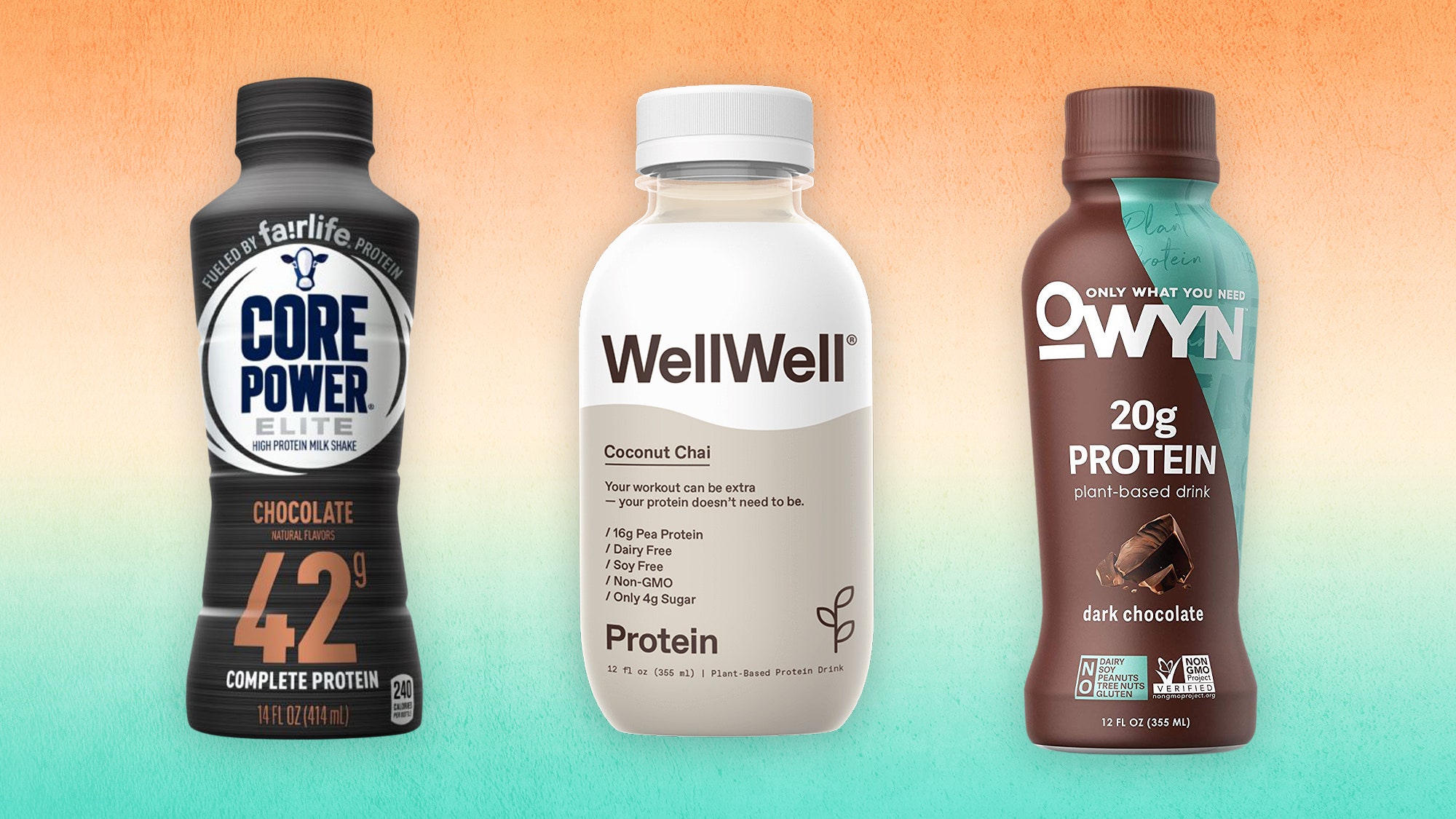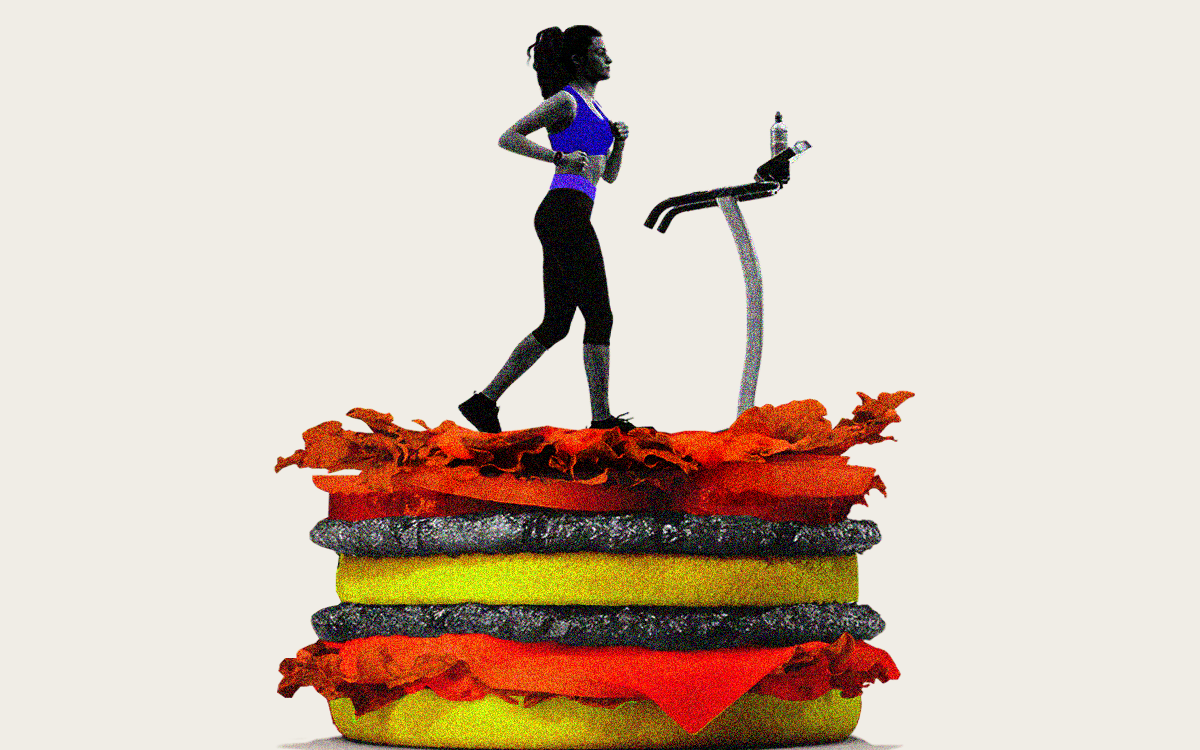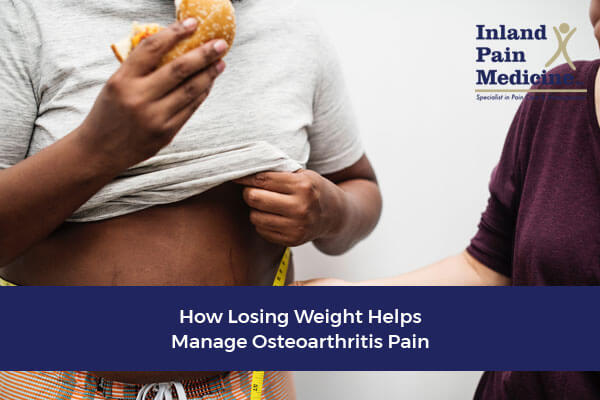
Every person has experienced stressful situations at some point in their life. Stress can negatively affect a person's health, reduce their productivity, and lower their quality of life. Exercise can help reduce the amount of stress in one's life by reducing the level of physical and psychological stress. Low-impact exercises are a good choice because they don't cause injury and leave no one feeling tired. Below are some advantages of low impact workouts.
Swimming is a great low-impact option for a workout.
The benefits of swimming are extensive. Swimming strengthens the body and toned a variety of muscles. Swimming is an excellent cardiovascular exercise. It raises your heart rate, even during sprints. Swimming will improve your cardiovascular health and reduce joint pain. Swimming is a great way to boost your energy levels.

Pilates is a great low-impact workout
Pilates is an exercise that's low-impact and can be beneficial for people of all fitness levels. The slow, steady movements of Pilates can lengthen the muscles and improve posture. They also ease lower back tension. A Pilates workout is safe for people with injuries or with limited mobility. Pilates exercises need to be done correctly, so you must have proper form and breath. Mind-body exercises have the added benefit of reducing stress. You should start Pilates with a qualified instructor.
Rowing is a great low cost workout.
Rowing is a good option for anyone who wants to do low-impact exercise. Rowing is a low-impact exercise because of its smooth and repetitive movements. But, poor form and posture could lead to injury. Rowers frequently experience low back pain. A common cause of low back discomfort is inability to engage abdominal muscle. Because of this, the lower spine compensates the weakness in the abdominal muscles. These problems can be avoided with rowing machines.
Bike riding is a low-impact exercise that can be done in a safe and comfortable environment.
A bicycle is a great low-impact workout for both your lower and upper body. Cycling is a great all-over workout for your body. It strengthens your core, tones your back, and tone your legs, arms, and buttocks. You can choose to ride outdoors or indoors. Either way, biking provides an effective low-impact workout that is fun and easy on your joints. You can ride a bike for both beginners and experts.
Walking
Walking is one of the most accessible and versatile low-impact workouts. Walking is a great way of keeping your heart healthy, and improving cardiovascular health. Walking is easy for anyone to do. Even though yoga and tai Chi can seem daunting for beginners, walking is safe and manageable. You can also increase your intensity as you become more comfortable.

Riding an elliptical machine is a great low-impact workout
An elliptical exercise is much more gentle than other forms of exercise. Simply pedal your feet in the opposite direction while your torso moves back and forth. It is low-impact and can be used to increase your strength and cardiovascular system. Moreover, elliptical machines allow you to adjust the resistance and incline settings according to your level of fitness and your comfort.
FAQ
How long do I need to fast for weight loss?
It's not as easy to answer as you might think. A number of factors need to be considered when determining how many days of fasting are needed for optimal fat loss. These factors include:
-
Your age. For example, if you're young (under 40), intermittent fasting may be too difficult for you because you have less time to recover from each day's fast. Alternately, if your age is over 60, intermittent fasting might prove too challenging because you may not have enough energy to last for extended periods of time.
-
Your current body composition. Longer periods of fasting are more beneficial if you have a lot muscle mass. You may find shorter fasting more beneficial if your muscle mass is low.
-
How physically active you are. You may need to increase your fasting time if you exercise often. This will ensure you get enough rest between workouts.
-
Your past health history. People with heart disease, diabetes, and cancer may require extra fasting monitoring.
-
How do you handle stress? Stressful situations can make us eat more. You might need to lengthen your fasting windows in order not to have this problem.
-
Which type of diet you choose. Certain diets, like ketogenic diets, may require even longer fasting periods.
-
Your sleep quality. The quality of your sleep is also a factor in increased appetite and decreased metabolism. Therefore, it may take some experimentation before determining what works best for you.
-
The amount you eat of protein. Consuming more protein helps to stabilize blood sugar levels. This could lead to lower insulin levels. This would allow you to fast for longer periods of time.
-
People who want to gain weight or lose it will need to fast for longer periods of time than those trying to lose.
-
What percent of your daily calories are you consuming during your fasting time? You may lose more weight if you eat fewer calories each day than if you eat more.
-
Your overall fitness. A person who is very fit will burn more calories every day because they are faster.
-
Your gender. Men are more hungry than women so they may have to fast for longer periods. Women have smaller appetites than men, so they may need to fast just 20-30 minutes each day.
-
Your lifestyle. Are you someone who is active? Do you do a lot of exercise each week? Do you work at a desk all day? All of these things can affect the amount of time you should fast.
-
What amount do you spend on food each month? Eating healthy foods doesn't necessarily mean spending much money on groceries. Whole grains can be replaced by white bread, fruits can replace candy bars, and lean cuts of meat can be used to save money.
-
You need to be able to control your hunger. You may not have to fast as often if it is important to eat regularly.
How to Create an Exercise Routine?
First, create a routine. You need to know what you will do each day and how long you will spend doing it. This helps you plan and prevents procrastination.
You should also ensure you have plenty to choose from when working out. You don't want your exercise to be monotonous.
You should also keep track of how you are progressing. It's important that you keep track of the weight you have gained or lost over time.
It's easy for people to lose motivation when they start by losing weight. If you gain excessive weight, it can be difficult to remain motivated.
It is important to find the right balance between weight gain or weight loss. You'll find it harder to exercise if you don't like where you are at the moment.
How often are people quick?
Most people who adhere to a ketogenic lifestyle fast only once per week. However, there are some who fast twice per week. Others fast three or more times per week.
Each fast has a different length. Some people fasted for 24 hours and others for 48 hours.
Some people can even travel for up to 72 hours. But these extreme cases are very rare.
Why would you want to lose weight before turning 40?
Senior citizens over 40 need to maintain their health, fitness and well-being. It is also crucial to find ways to keep fit throughout life. This includes regular exercise, eating well, not smoking, and drinking moderate alcohol.
It is also important for us to realize that our bodies will change with age. Our bones become weaker, and our muscles begin to shrink. The best way to slow down the aging process is to take care of ourselves.
It is important to stay healthy and fit as you age. These include:
-
Better sleep
-
Improved moods
-
Increased energy
-
Lower chance of developing cancer
-
A longer life
-
More independence
-
Better sex
-
Improved memory
-
Improved concentration
-
Greater circulation
-
Stronger immune system
-
Less pain and aches
How can busy people lose their weight?
You can lose weight by eating less and moving more.
Weight gain is possible if you eat a lot of food. You will also gain weight if your exercise is not enough. You can start losing weight if you combine these simple habits.
Statistics
- One 6-month study showed that simply doing 11 minutes of strength-based exercises 3 times per week resulted in a 7.4% increase in metabolic rate, on average. (healthline.com)
- According to Harvard Health, it's estimated that a 155-pound (70-kg) person burns around 167 calories per 30 minutes of walking at a moderate pace of 4 mph (6.4 km/h) (5). (healthline.com)
- Among women, the increase in metabolic rate was nearly 4%, or 50 more calories per day (14Trusted Source (healthline.com)
- Another study found that 24 weeks of weight training led to a 9% increase in metabolic rate among men, which equated to burning approximately 140 more calories per day. (healthline.com)
External Links
How To
How to exercise for weight loss
Exercise is one of the best ways to lose weight. However, many people do not know how to exercise correctly. Exercise should include cardio exercises such as running, cycling, swimming, walking, etc., and strength training exercises such as lifting weights, making pushups, pull-ups, squats, lunges, etc. Combining these types of exercises is the best way to lose weight. If you want to start exercising, then try to find some friends who are willing to join you in your journey. You have two options: you can join a gym or just walk around your neighborhood. No matter what type of exercise you choose, it is important to stick with it. It is easy to lose track of your workouts when you first begin. Don't despair if things don't go as planned. Keep at it!